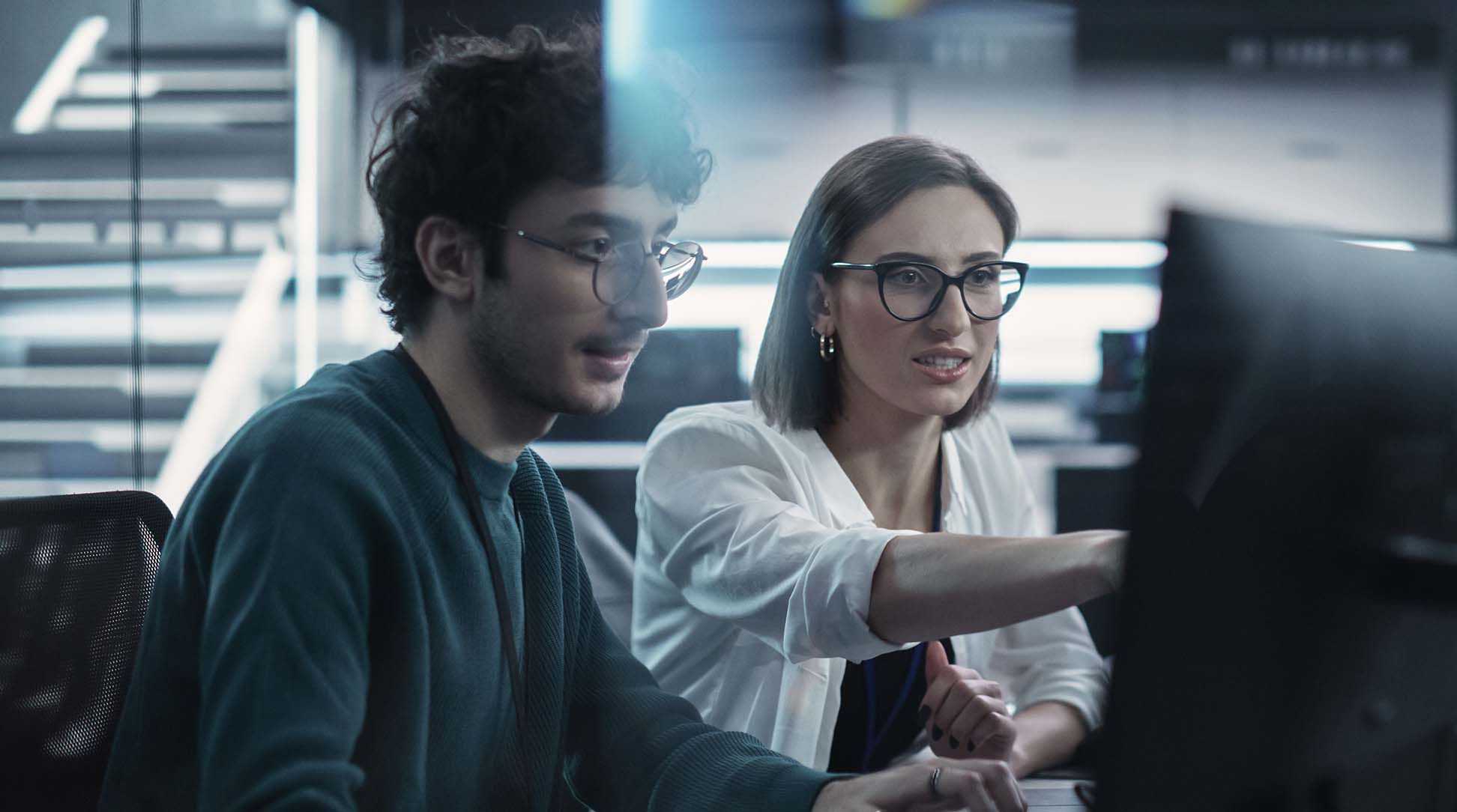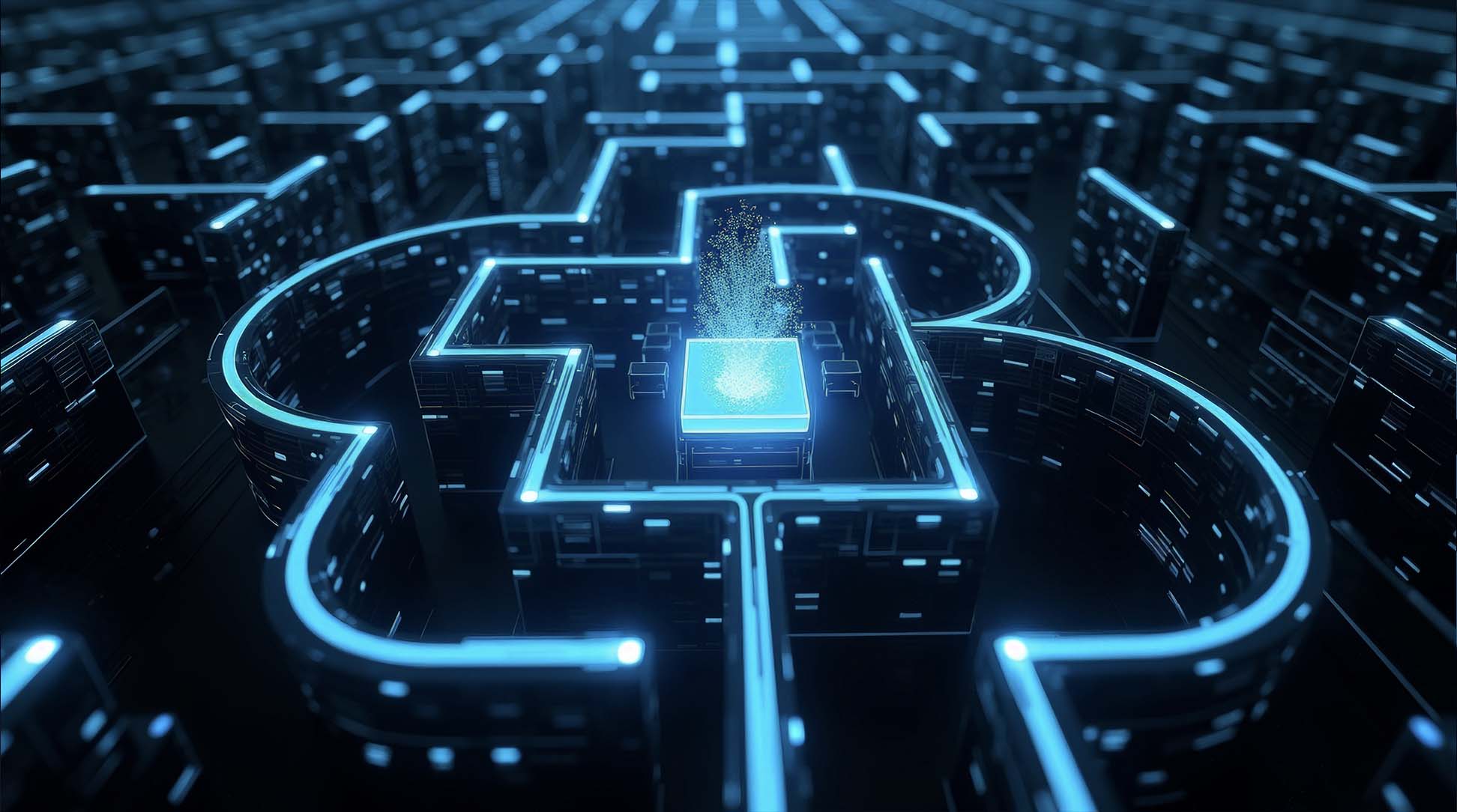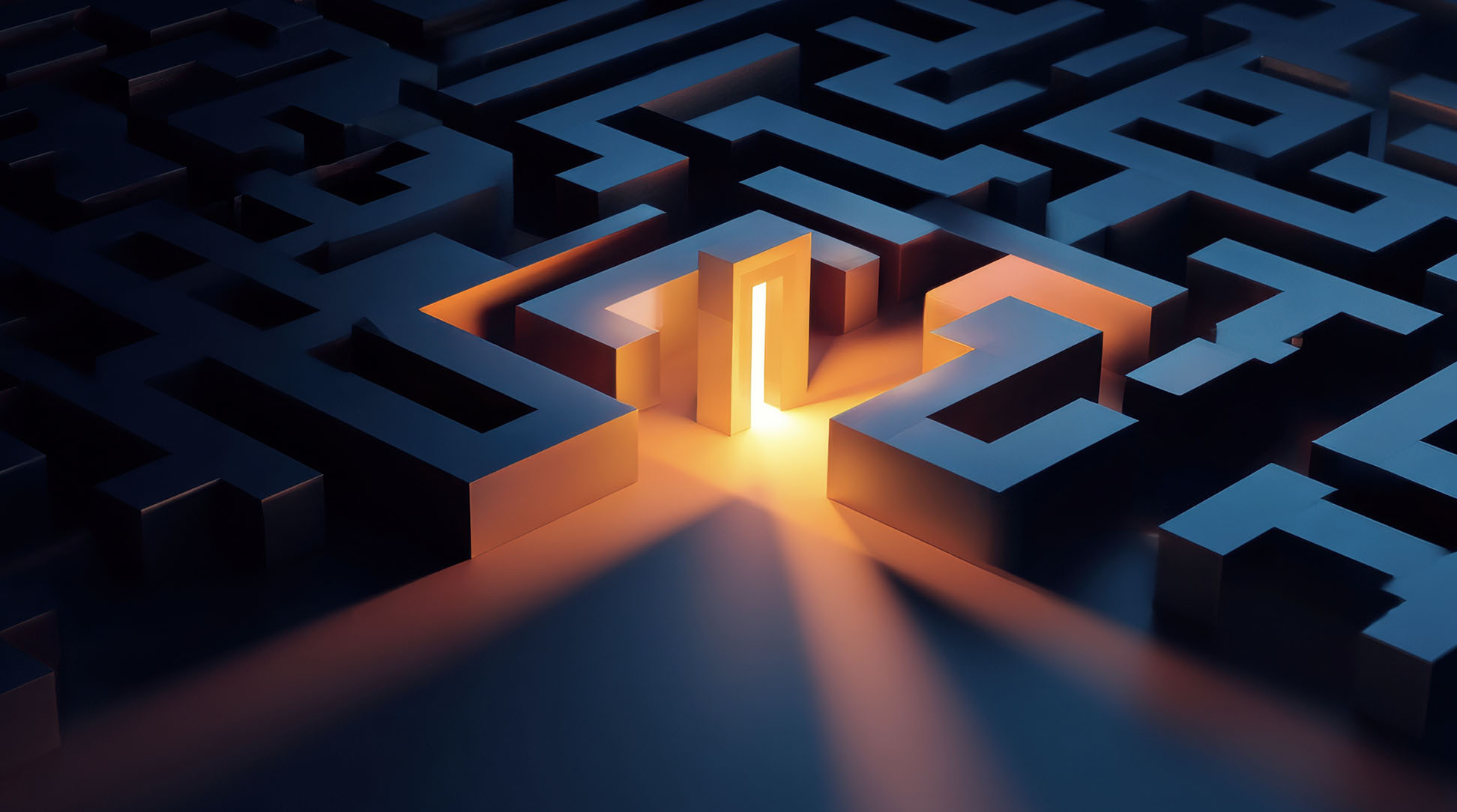Today we depend on the energy grid for just about … everything.
But from aging infrastructure and spiraling demands to relentless cyberthreats and the added complexities of renewable energy, utilities have no shortage of challenges.
Digital innovations are critical to meeting those challenges. And in myriad ways, Cisco is contributing to an energy future that’s more sustainable, secure, and smart.
“Utilities and energy are critical infrastructure for any country,” said Kelsi Doran, head of sustainability strategy and transformation for Cisco. “And as cyberthreats continue to become more sophisticated, they can become a target for bad actors. If you layer on that they’re working off antiquated systems, the grid could be vulnerable in terms of energy, reliability, and security.”
The U.S. Department of Energy, for example, estimates that much of the country’s electric grid was built in the 1960s and ’70s, and 70 percent of transmission lines are more than 25 years old. So, much of that infrastructure is coming to the end of its useful life. Given the increased demands and threats that utilities face — along with climate-driven disruptions like storms, floods and wildfires — transformation to smarter grids is imperative.
“Forward-thinking utilities are increasingly considering digital technologies as a part of their architectures,” Doran continued. “It enables them to have better visibility into their entire OT network so they can do things like more efficiently balance the load of supply and demand. Utilities are adopting these things not only to accelerate the clean energy transition, but their digital business-model transformation as well.”
One of those forward-thinking utilities is CPFL Energia. Headquartered in São Paulo, it’s one of Brazil’s largest energy suppliers. And it’s taking the transition to its energy future very seriously. That includes sweeping digitization and a deep commitment to renewable sources like wind.
Security is, of course, an overriding concern.
“The energy companies in Brazil are a top focus for the hackers,” said Emerson Cardoso, chief information security officer at CPFL Energia.“And the Brazilian government has enacted regulations that demand better security measures. But Cisco has given us great support, and they are constantly innovating.”
Clean but complex
Renewable energy sources like wind, solar, geothermal, and ocean waves will be essential to reach the net-zero goals being set by many organizations and governments. But incorporating more renewable sources into electricity supplies can create new challenges. Whereas traditional energy is built around centralized power plants driven by coal or oil, renewable sources are more distributed, with wind generators or solar panels spread across wide areas in sometimes remote places.
“Utilities have to now handle all different types of energy, whether it’s traditional or nuclear or hydro or solar or wind,” said Mary de Wysocki, Cisco senior vice president and chief sustainability officer. “It goes from a very centralized model to now much more decentralized. That’s where networking, IOT sensors, and AI/machine learning come in, to give visibility and early warning signals that enable preventative management before an outage or threat arises.”
Renewable sources can also be less consistent than traditional sources. After all, the sun goes behind clouds and the wind sometimes weakens. But artificial intelligence and machine learning can help there as well, by optimizing generation and storage of energy in response to the fluctuations in supply and demand.
“Renewable energy can be intermittent,” Doran added. “It’s not the same steady output that you can plan for in a fossil fuel plant. Instead, we get energy when the sun shines or the wind blows. And so, we need the right tools to be able to ramp up supply to match demand and peak load. And this, again, is where digital technology allows us to have visibility into how much energy is being consumed, and then ramp up the right level of energy to support that demand.”


